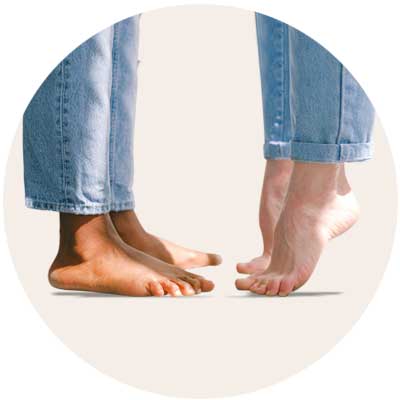
Oily skin on the face: symptoms, causes and treatment
Oily skin (seborrhoea) is a particular skin type characterized by overactive sebaceous glands. Oily skin can appear thick and shiny, and is often particularly noticeable on the forehead. Oily skin can appear inflamed, thick and shiny, accompanied by obviously-dilated pores, blackheads and microcysts. Oily skin is often genetic and is a significant aesthetic issue for many.
What is sebaceous glands?
Sebaceous glands are tiny glands found in the skin. The function of the sebaceous glands is to produce sebum.
There is no scientific evidence linking food with oily skin.
How to treat oily skin on the face
Glicosal Lotion provides a micropeeling treatment that thins fleshy skin and reduces oiliness, all while eliminating redness, microcysts and blackheads.
- In the evening, moisten a cotton disc with seven to ten drops of Glicosal Lotion. In gentle, circular movements, pass the disc across the whole face until the lotion is completely absorbed.
Do not rinse and do not apply other products. - In the morning, apply Lenitive Cream to absorb excess sebum.
Use the gentle, non-foaming Eudermic Cleansing Base as both a make-up remover and cleanser.
Use Argillina Sole, a compact, absorbent mineral powder that will help matt the face.
Avoid traditional classic moisturizers or foundation as they can worsen oily skin.















